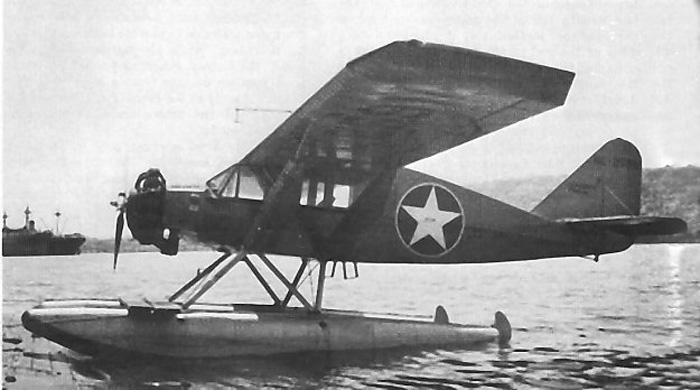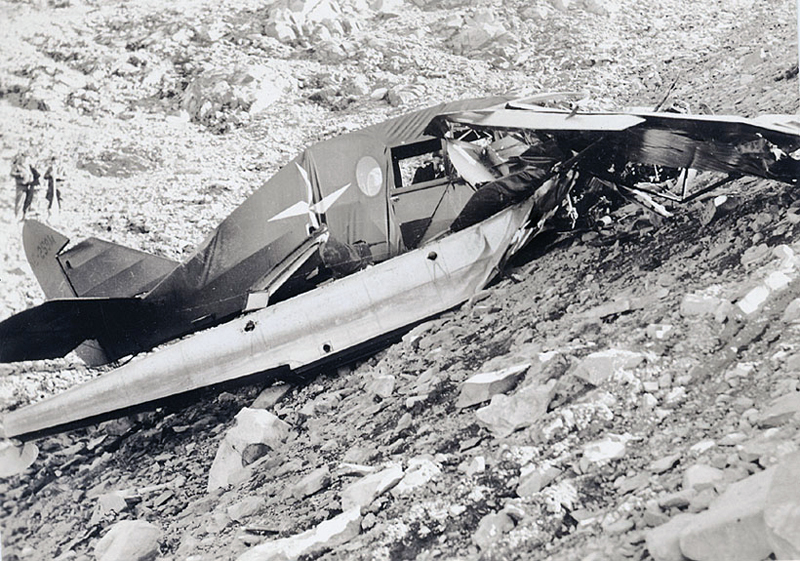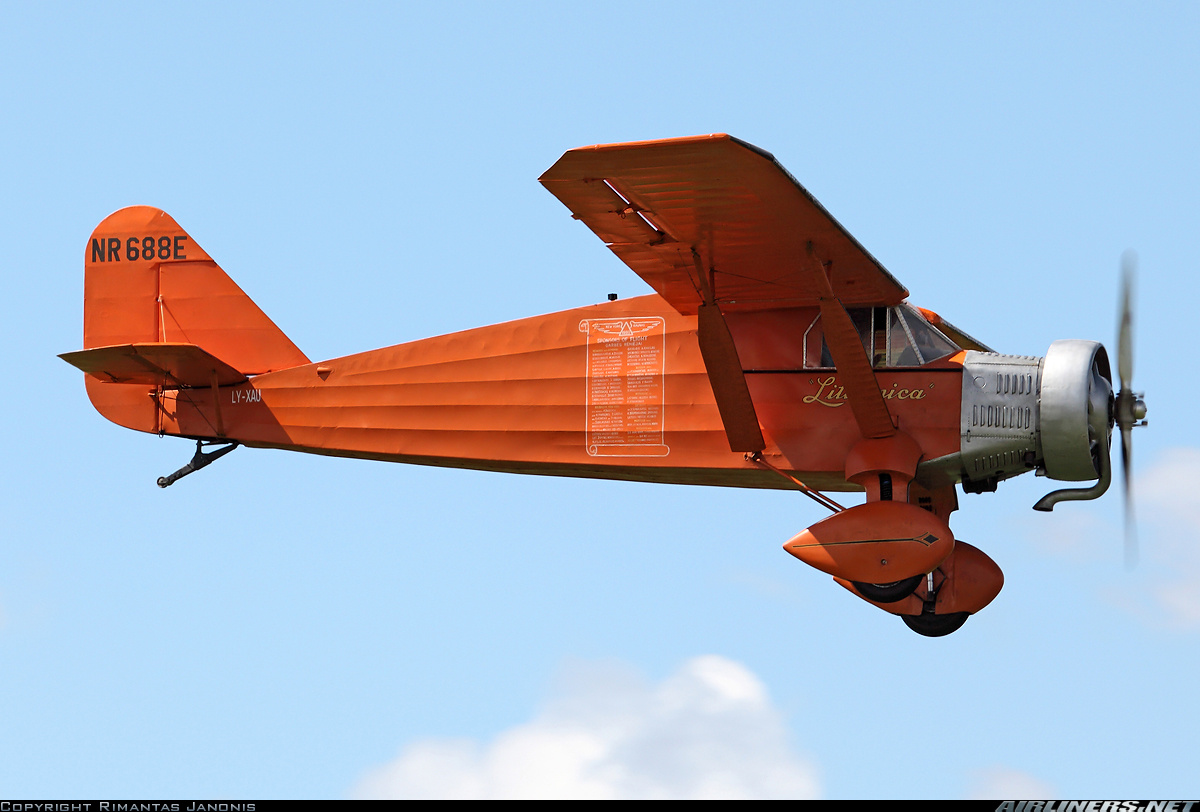Crash of a Bellanca CH-300 Pacemaker in San Ramón: 7 killed
Date & Time:
Jun 10, 1940
Registration:
XA-BJR
Survivors:
No
Crew on board:
1
Crew fatalities:
Pax on board:
6
Pax fatalities:
Other fatalities:
Total fatalities:
7
Circumstances:
Crashed in unknown circumstances into a ravine, bursting into flames. All seven occupants were killed. Registration TBC.






